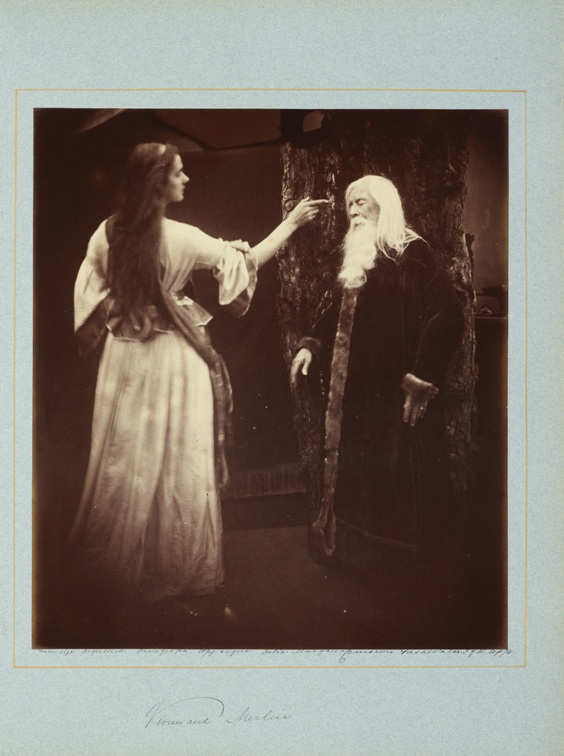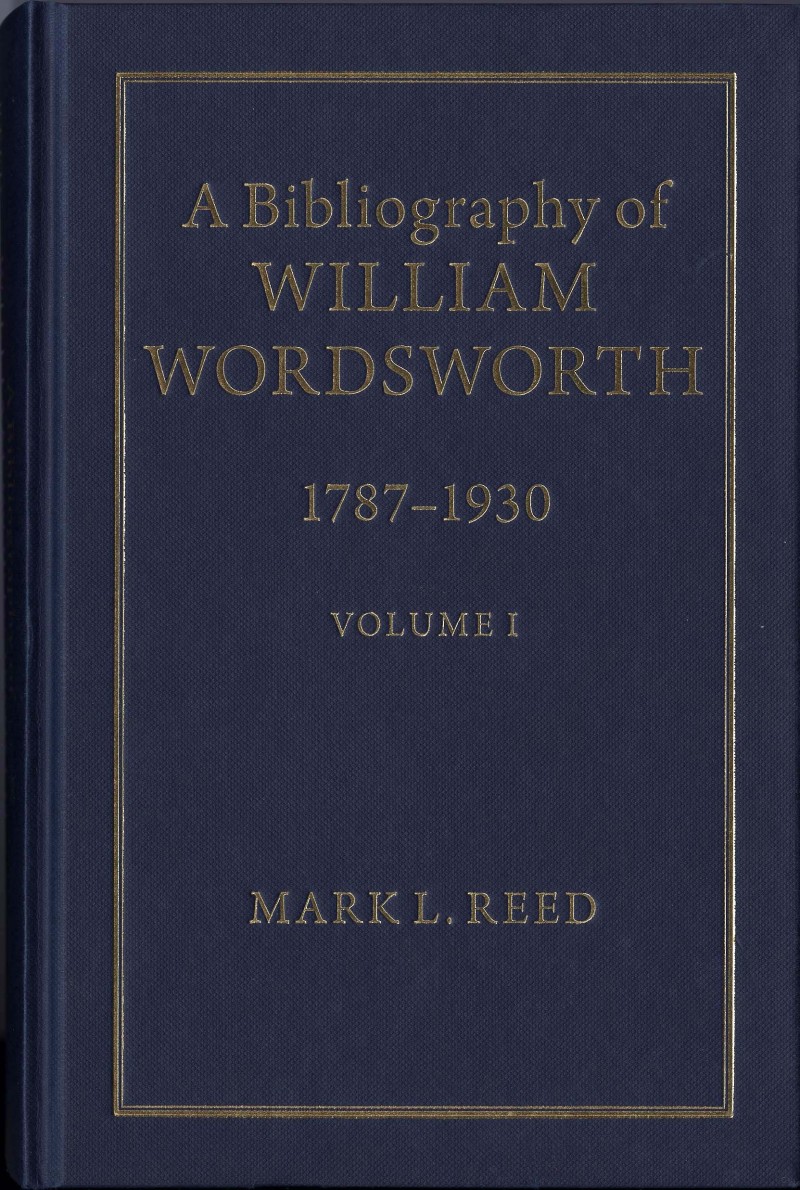Nobel Prize winner Seamus Heaney passed away this morning in Dublin after an extended illness. The RBC and UNC mourn the loss of this great poet, who delivered the University commencement address at Chapel Hill on May 12, 1996.
While the man Heaney has left this world, his remarkable literary achievement lives on at the Rare Book Collection, where the Henry C. Pearson Collection of Seamus Heaney resides. North Carolina native Pearson (UNC B.A., 1935) sought to form as complete a collection of Heaney’s printed works as possible. This rich trove today includes more than 1,200 cataloged items, reflecting the poet’s extraordinary productivity.
There is much deep wisdom to be found in Heaney’s writings. But let us end with just one example, from his Chapel Hill address. Here, Heaney uses his memory of an altered fact in a childhood story—an imagined spade substituting for the real, humble, wooden spoon—to emphasize the necessity of personal truth in living a life.

“I want to avoid preaching at you but I do want to convince you that the true and durable path into and through experience involves being true to the actual givens of your own lives. True to your own solitude, your own secret knowledge. Because oddly enough, it is that intimate, deeply personal knowledge that links us most vitally to reality and keeps us most reliably connected to one another. Calling a spade a spade may be a bit reductive at times but calling a wooden spoon a wooden spoon is the beginning of wisdom, and you will be sure to keep going in life on a far steadier psychic keel and with far more radiant individuality if you navigate by that principle.”
It was a great honor for UNC to hear Seamus Heaney in person in 1996, as it is a great honor for Wilson Library to preserve his words in our special collections in perpetuity.


![Mauchline fern ware binding on The Poetical Works of William Wordsworth (Edinburgh: William P. Nimmo ..., [between 1863 and 1873?] ) / Wordsworth PR5850 .E63 1863d c. 21](https://blogs.lib.unc.edu/rbc/wp-content/uploads/sites/4/2013/08/WWMauchline.jpg)

